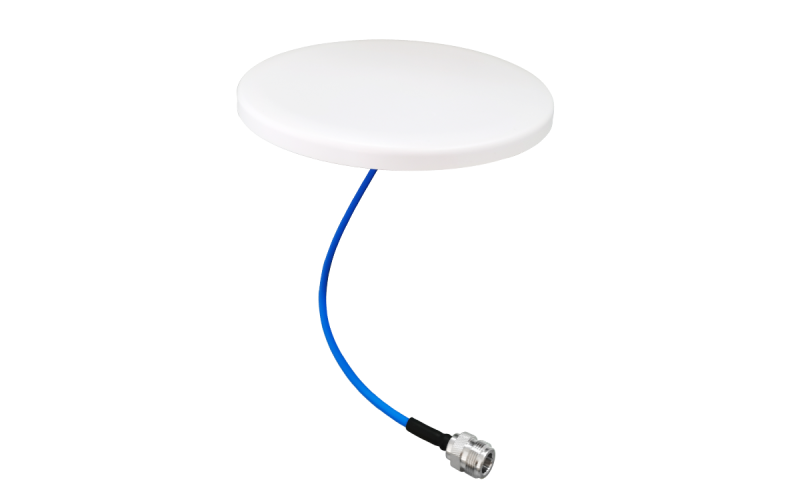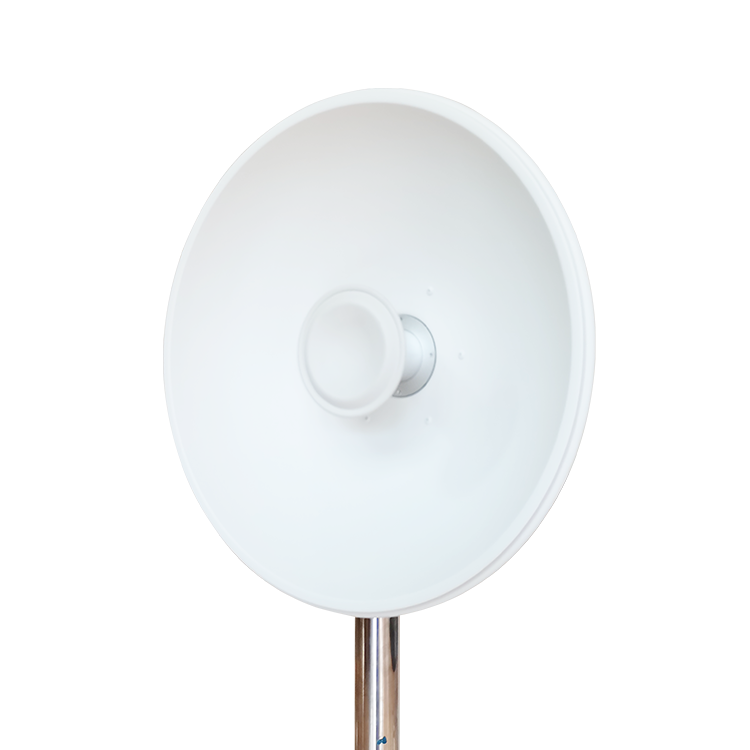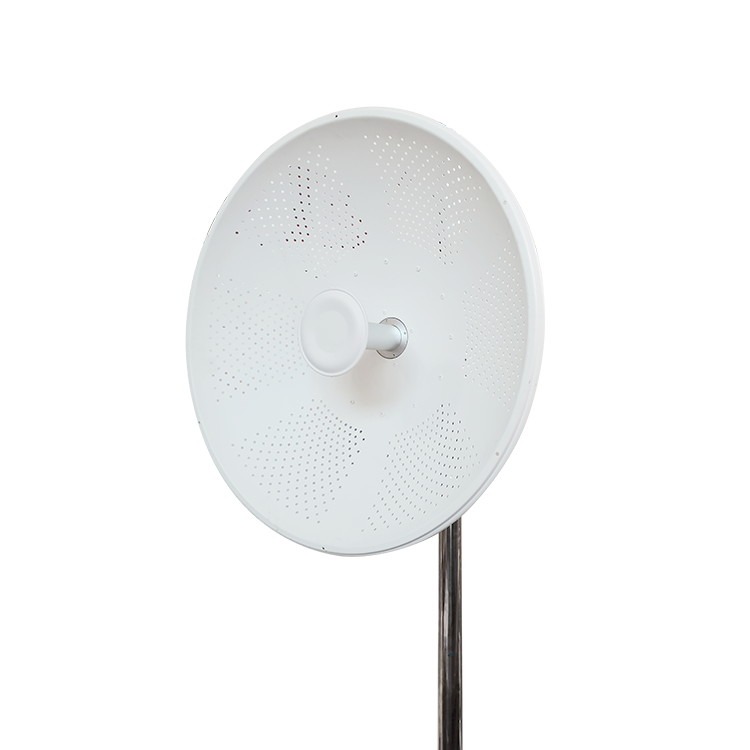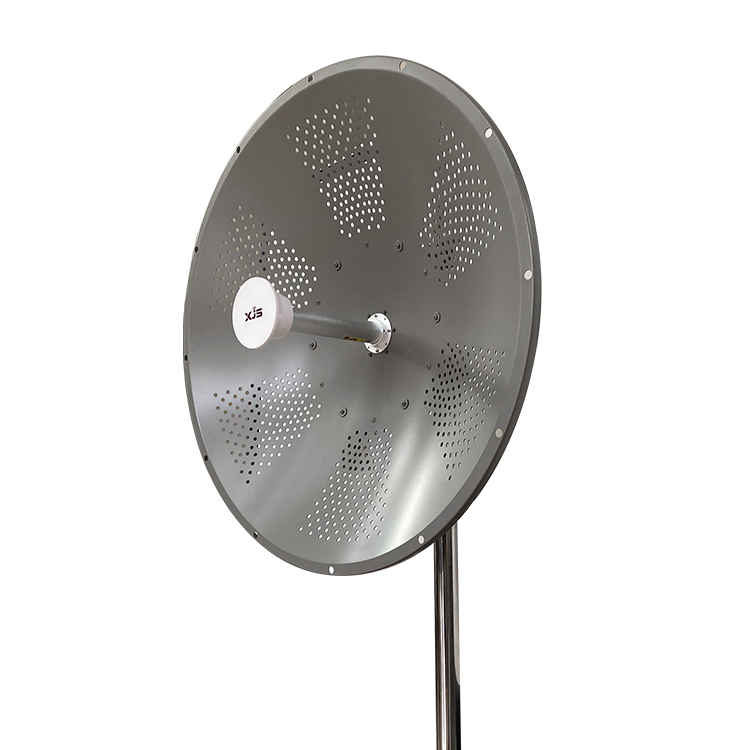Prerequisites for Using Indoor Ceiling Antennas:
(1) The building block is too large
Due to the inherent shielding effect of building materials, the penetration loss of wireless signals is increased, which affects the signal reception and call quality of the network. The natural blocking of walls, floors, furniture, office equipment and other obstacles in the building may cause the signal. If the signal is blocked too much, you must install an indoor ceiling antenna.
(2) Lower floors of buildings
The signal conditions on the lower and underground floors of many buildings are not very good, so indoor omnidirectional antennas are also needed. Area.
(3) Middle and high-rise buildings
Signal base stations are usually installed on the top floor of buildings. In some cases, due to the base station antenna or network planning, multiple pilot signals with similar intensities may be generated, but these pilots will generate pilot pollution each other. The need for capacity data transmission will cause hard blocking or soft blocking on the network. 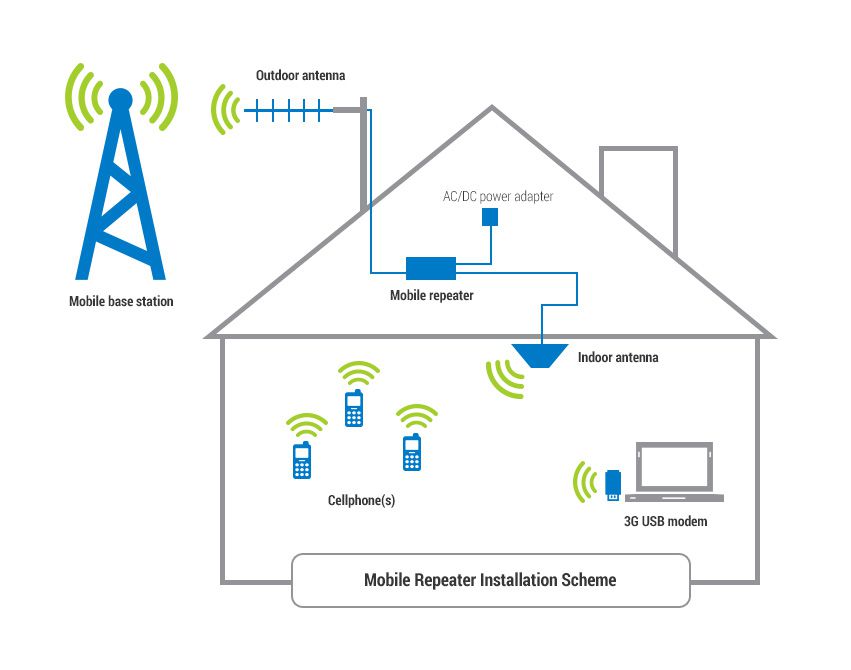
The working principle of the ceiling antenna:
The internal structure of the indoor ceiling antenna, although small in size, is based on the antenna broadband theory, with the aid of computer-aided design and debugging using a network analyzer, so it can well meet the requirements of a very wide working frequency band. In addition, the indoor ceiling antenna is a low-gain antenna. The gain antenna refers to the gain value of the maximum radiation direction of the antenna, and the average value of the gain of the high, middle and low frequency points in the same frequency band is taken.
The radio frequency signal power output by the radio transmitter is transmitted to the antenna through the feeder (cable), and is radiated by the antenna in the form of electromagnetic waves. After the electromagnetic wave reaches the receiving site, it is followed by the antenna. The omnidirectional antenna used in this system compresses the wireless signal from a spherical shape into a flying saucer shape, allowing it to travel farther.
